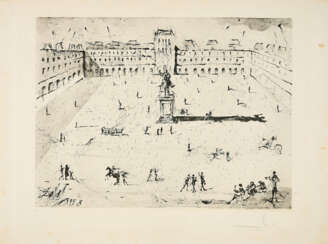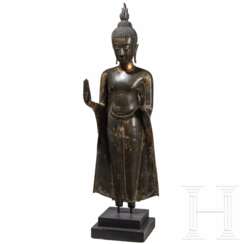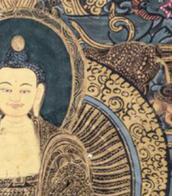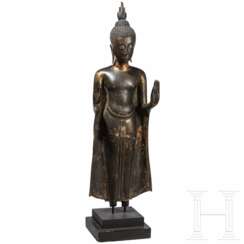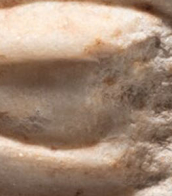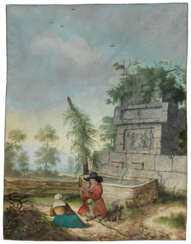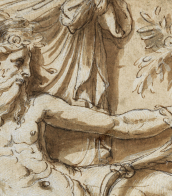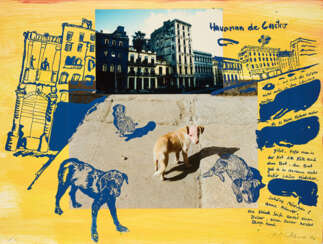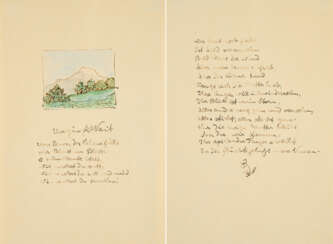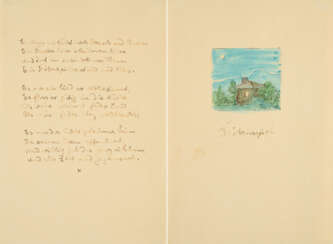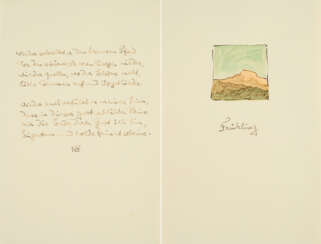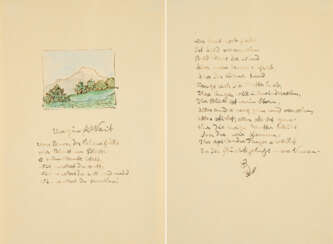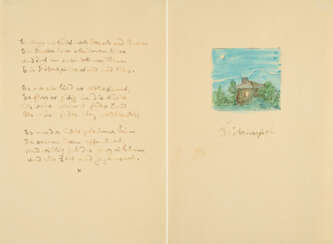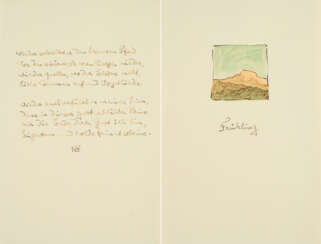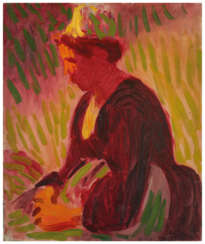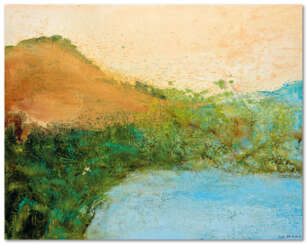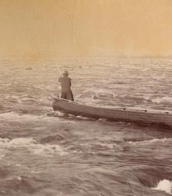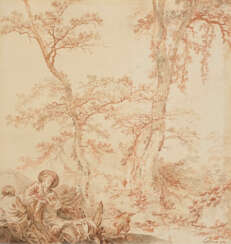reste des pays
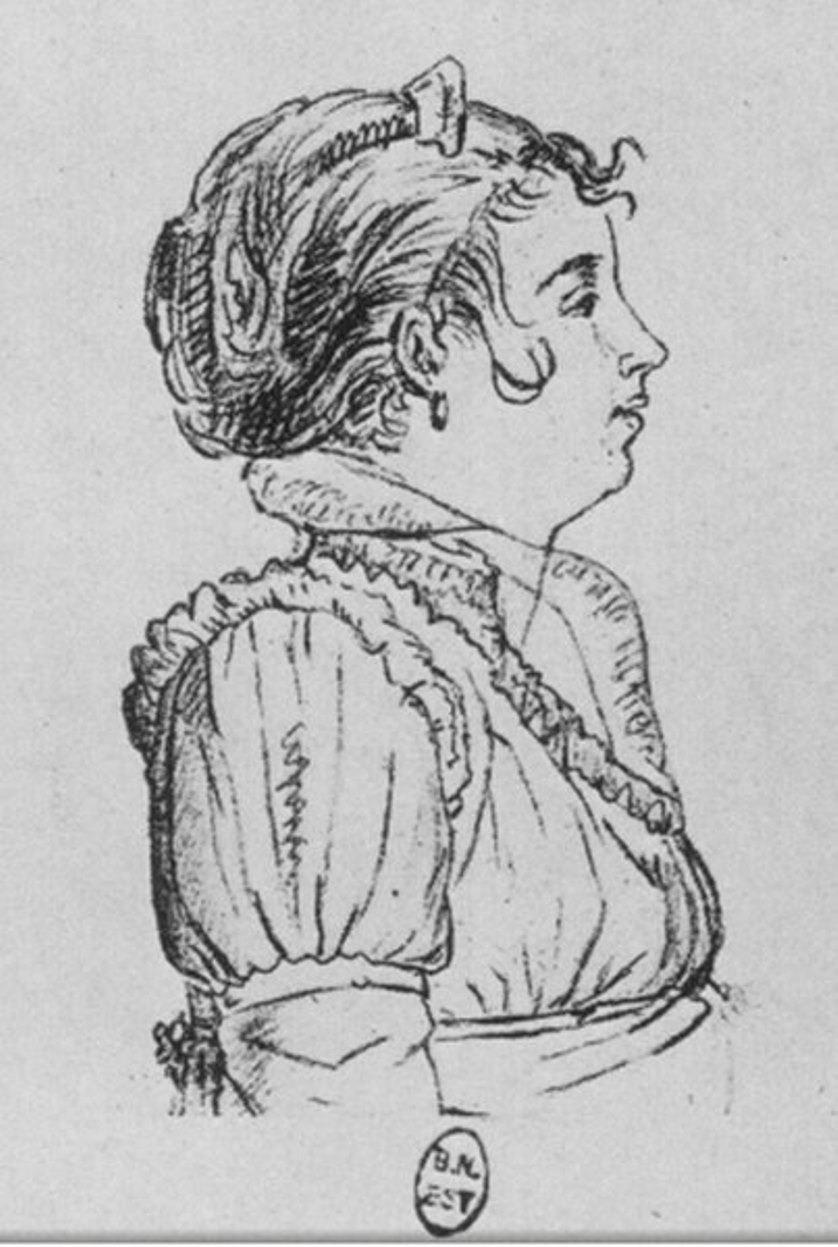
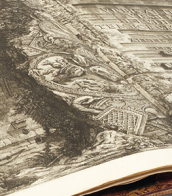
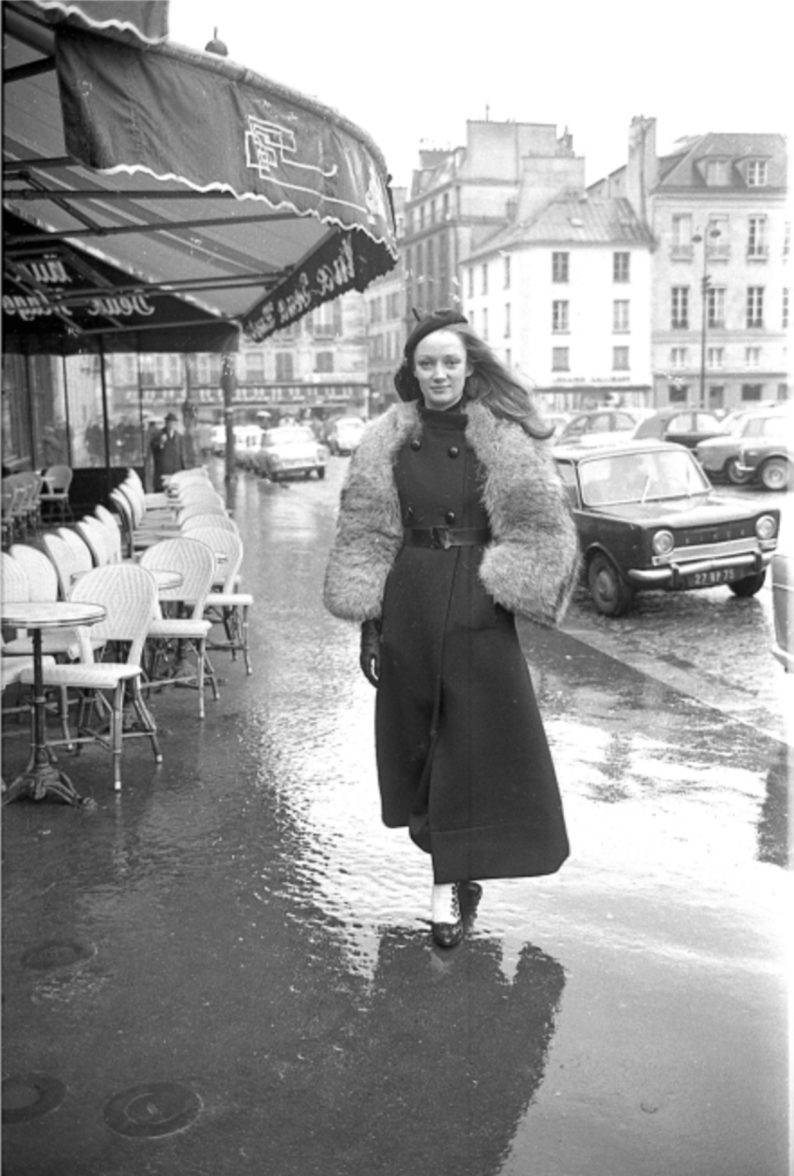
Niki de Saint Phalle was a French-American sculptor, painter, filmmaker, and author of colorful hand-illustrated books. Widely noted as one of the few female monumental sculptors, Saint Phalle was also known for her social commitment and work.
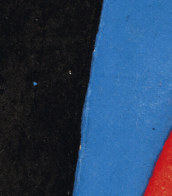
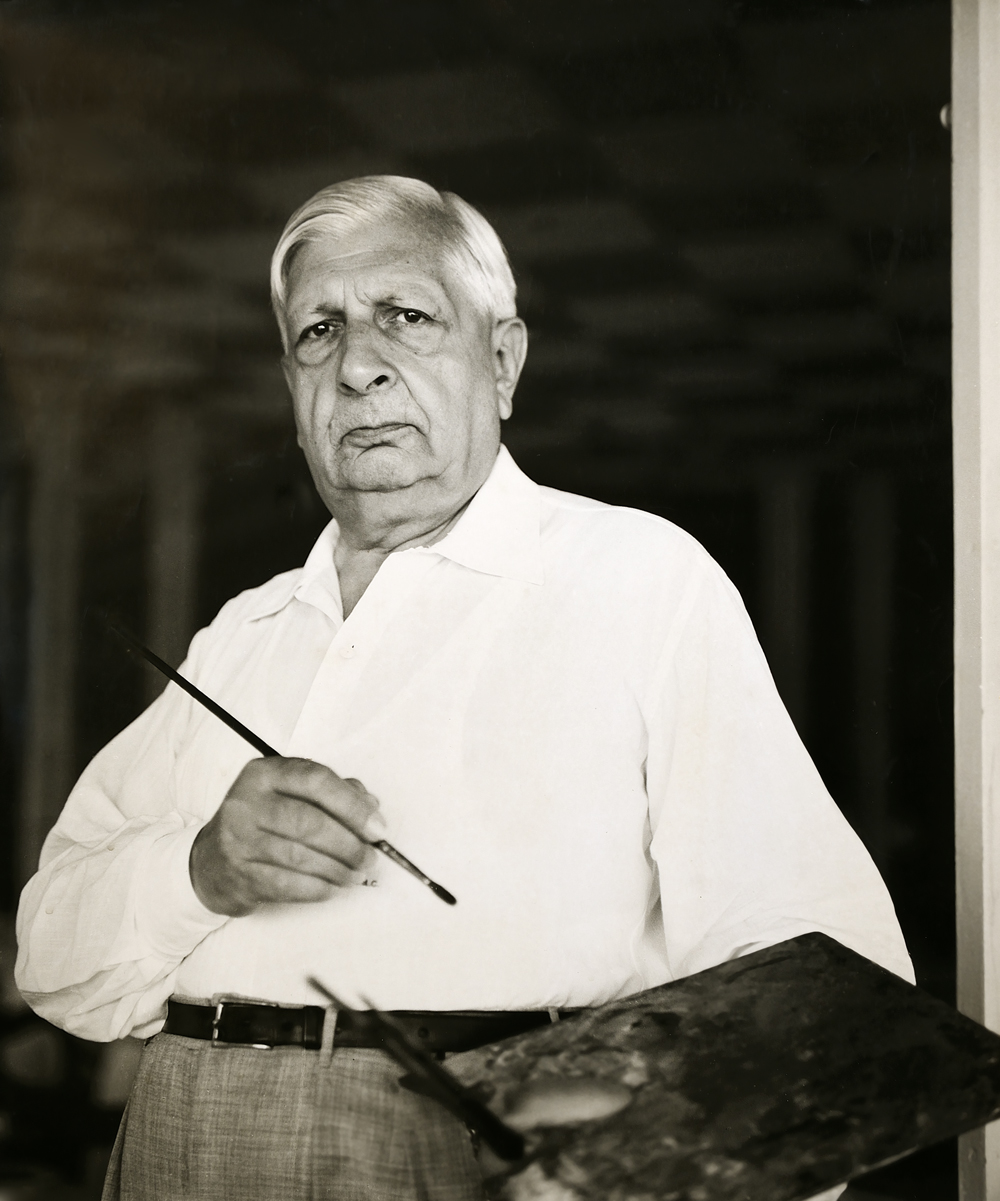
Giuseppe Maria Alberto Giorgio de Chirico, an Italian artist renowned for his profound influence on the Surrealist movement, stands as a seminal figure in 20th-century art. Born in Volos, Greece, in 1888, de Chirico was a visionary painter, sculptor, and writer whose works profoundly altered the landscape of modern art. His paintings, characterized by their dreamlike quality, enigmatic compositions, and the juxtaposition of classical and modern elements, delve into the mysteries of the subconscious, exploring themes of nostalgia, metaphysics, and the uncanny.
De Chirico's art is distinguished by its unique blend of classical motifs with surreal, dreamlike atmospheres, creating a sense of profound mystery and unease. His most famous works, such as "The Enigma of an Autumn Afternoon" and "The Melancholy of Departure," exhibit deserted cityscapes filled with elongated shadows, enigmatic figures, and classical architecture, which became hallmarks of his style. These paintings not only prefigured the Surrealist movement but also influenced countless artists with their exploration of the psyche, the distortion of space, and the play of light and shadow.
His impact on culture and art is undeniable, with his works housed in prestigious museums and galleries worldwide, including the Museum of Modern Art in New York and the Tate Modern in London. De Chirico's ability to evoke the mysterious interconnection between the ancient and the modern through his art continues to captivate collectors and experts in the fields of art and antiques. His innovative approach to painting and sculpture has solidified his position as a key figure in the development of modern art.
For collectors and enthusiasts keen on exploring the depths of 20th-century art and the enigmatic world of Giuseppe Maria Alberto Giorgio de Chirico, staying informed about new discoveries, auction events, and sales of his works is essential. We invite you to sign up for updates to ensure you never miss an opportunity to engage with the enduring legacy of this remarkable Artist. This subscription is your gateway to the latest news related to de Chirico, focusing exclusively on product sales and auction events associated with his influential oeuvre.
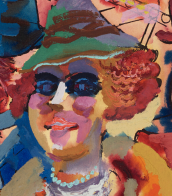

Giuseppe Maria Alberto Giorgio de Chirico, an Italian artist renowned for his profound influence on the Surrealist movement, stands as a seminal figure in 20th-century art. Born in Volos, Greece, in 1888, de Chirico was a visionary painter, sculptor, and writer whose works profoundly altered the landscape of modern art. His paintings, characterized by their dreamlike quality, enigmatic compositions, and the juxtaposition of classical and modern elements, delve into the mysteries of the subconscious, exploring themes of nostalgia, metaphysics, and the uncanny.
De Chirico's art is distinguished by its unique blend of classical motifs with surreal, dreamlike atmospheres, creating a sense of profound mystery and unease. His most famous works, such as "The Enigma of an Autumn Afternoon" and "The Melancholy of Departure," exhibit deserted cityscapes filled with elongated shadows, enigmatic figures, and classical architecture, which became hallmarks of his style. These paintings not only prefigured the Surrealist movement but also influenced countless artists with their exploration of the psyche, the distortion of space, and the play of light and shadow.
His impact on culture and art is undeniable, with his works housed in prestigious museums and galleries worldwide, including the Museum of Modern Art in New York and the Tate Modern in London. De Chirico's ability to evoke the mysterious interconnection between the ancient and the modern through his art continues to captivate collectors and experts in the fields of art and antiques. His innovative approach to painting and sculpture has solidified his position as a key figure in the development of modern art.
For collectors and enthusiasts keen on exploring the depths of 20th-century art and the enigmatic world of Giuseppe Maria Alberto Giorgio de Chirico, staying informed about new discoveries, auction events, and sales of his works is essential. We invite you to sign up for updates to ensure you never miss an opportunity to engage with the enduring legacy of this remarkable Artist. This subscription is your gateway to the latest news related to de Chirico, focusing exclusively on product sales and auction events associated with his influential oeuvre.



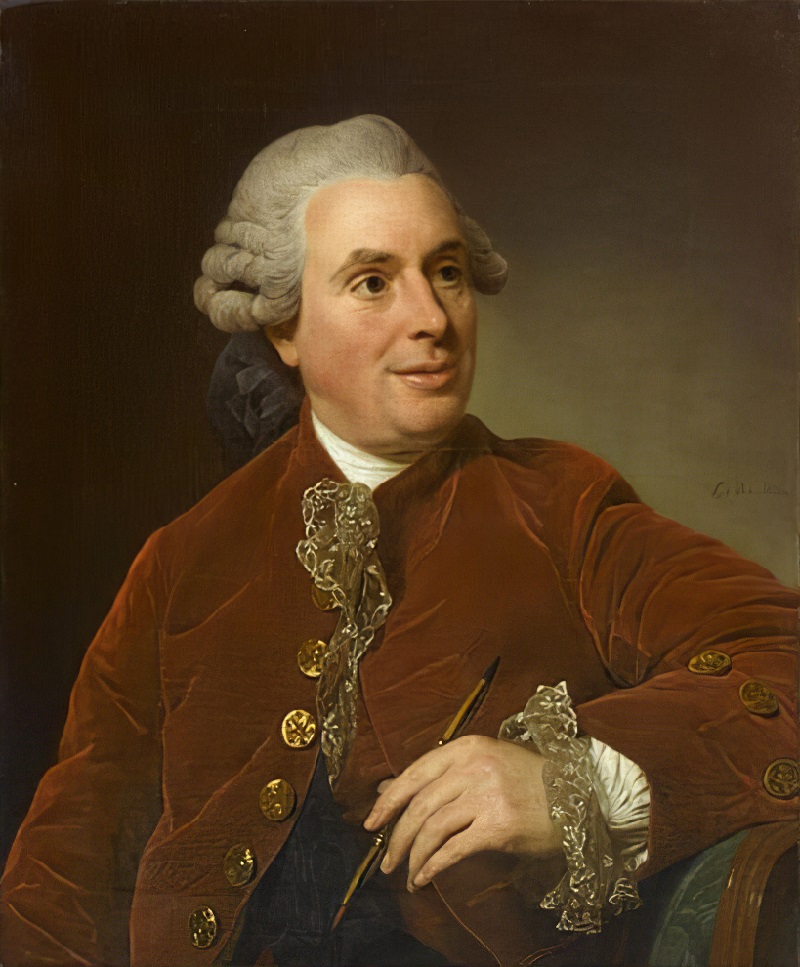
Charles-Nicolas Cochin was a French engraver, designer, writer, and art critic. To distinguish him from his father of the same name, he is variously called Charles-Nicolas Cochin the Younger, Charles-Nicolas Cochin the son, or Charles-Nicolas Cochin II.
More than fifteen hundred works by Cochin can be identified. They include historical subjects, book illustrations, and portraits in pencil and crayon. The richest collection of his engravings, apparently selected by himself, is in the Royal Library, now part of the Bibliothèque nationale.

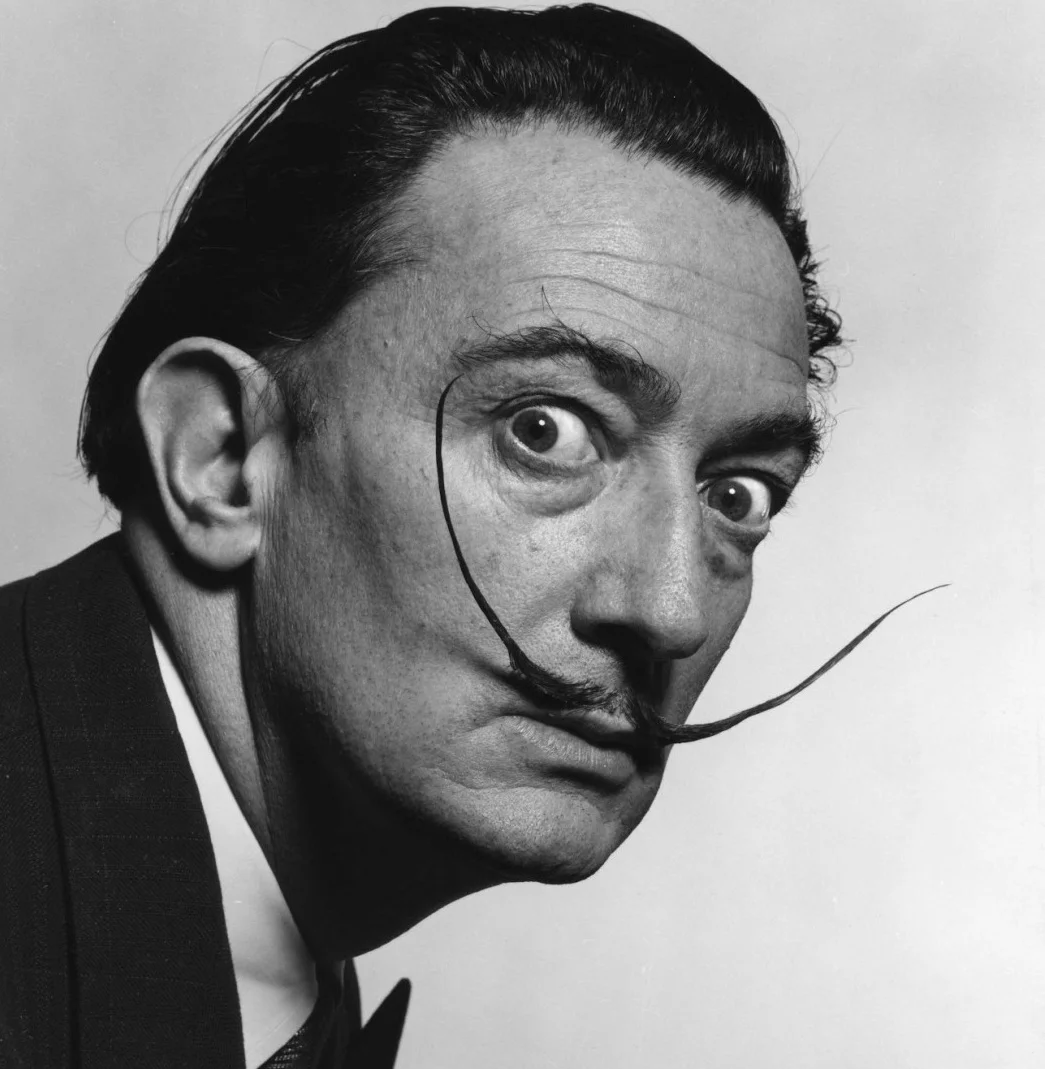
Salvador Dalí, a Spanish Surrealist painter and printmaker, is celebrated for his vivid and imaginative works that delve into subconscious imagery. Born on May 11, 1904, in Figueres, Catalonia, Spain, Dalí's early exposure to Impressionism and Renaissance masters significantly influenced his artistic development. His education in fine arts in Madrid further shaped his style, leading him to experiment with Cubism and avant-garde movements. In the late 1920s, Dalí embraced Surrealism, joining the Surrealist group in 1929 and rapidly becoming one of its most prominent figures.
Dalí's most famous work, "The Persistence of Memory," completed in 1931, epitomizes the Surrealist movement with its iconic melting clocks symbolizing the fluidity of time. His artistic repertoire was diverse, including painting, graphic arts, film, sculpture, design, and photography, often incorporating themes of dreams, the subconscious, sexuality, religion, and science. Despite his remarkable artistic contributions, Dalí's eccentric and flamboyant public persona often overshadowed his work. He faced criticism for his public support of the Francoist regime and the authenticity of some of his late works.
Dalí's legacy is preserved in major museums, notably the Dalí Theatre-Museum in Figueres and the Salvador Dalí Museum in St. Petersburg, Florida. These institutions showcase his extensive and varied body of work, illustrating his profound impact on Surrealism, pop art, and contemporary artists.
If you're captivated by the surreal world of Salvador Dalí and want to stay informed about new sales and auction events featuring his works, sign up for our updates. Our service is tailored specifically for art collectors and experts, providing timely information and insights into the vibrant market of Dalí's art. Remember, this subscription is focused solely on bringing you the latest in product sales and auction events related to Salvador Dalí. Don't miss out on the opportunity to enrich your collection with pieces from one of the most influential surrealists of all time. Sign up now and be the first to know about these exclusive events.
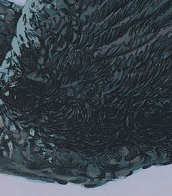
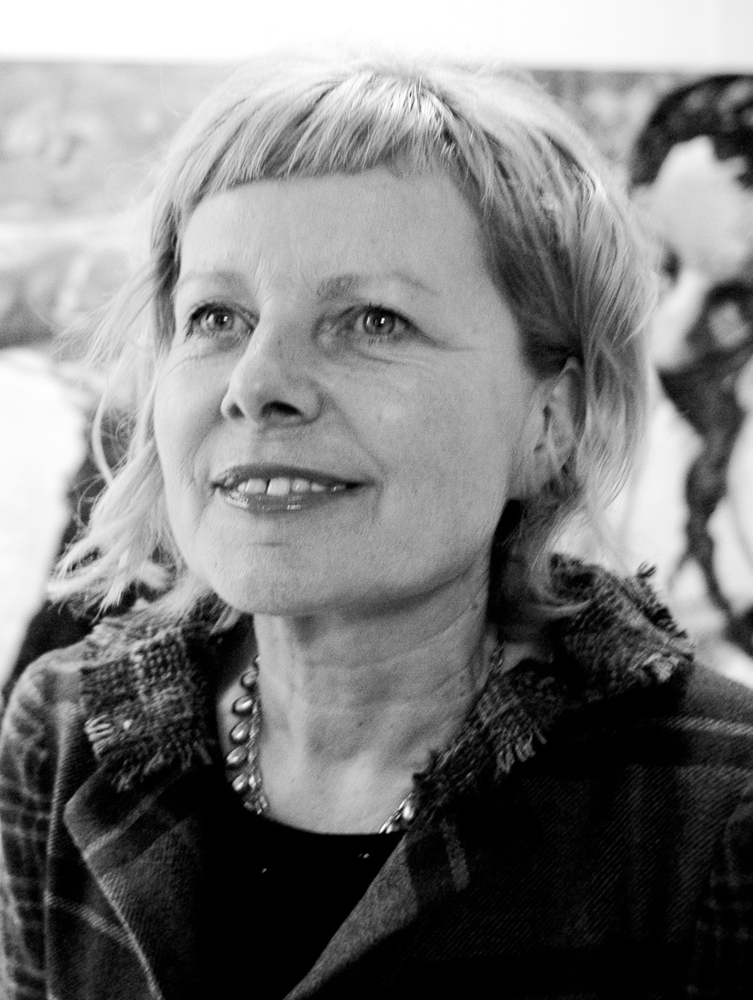
Cornelia Schleime is a German painter, performer, filmmaker and author. She studied painting and graphic arts at the Dresden Academy of Fine Arts before becoming a member of the underground art scene. She was awarded the Hannah Höch Lifetime Achievement Award from the State of Berlin in 2016.
Schleime's painting style is inspired by artists that were a strong influence in her classical studies such as Bacon and Balthus, Monet, Rembrandt, and Van Gogh.
Schleime has focused since the 1990s on figures and large-format portraits. Sources of inspiration are glossy magazines, reproductions of all kinds, but also personal photographs or snapshots found at flea markets. Through the intuitive act of drawing or painting, she turns those she depicts into something creative of her own, projecting them in new roles, symbolically emphasising the poses encountered or highlighting aspects with a touch of fantasy and irony.

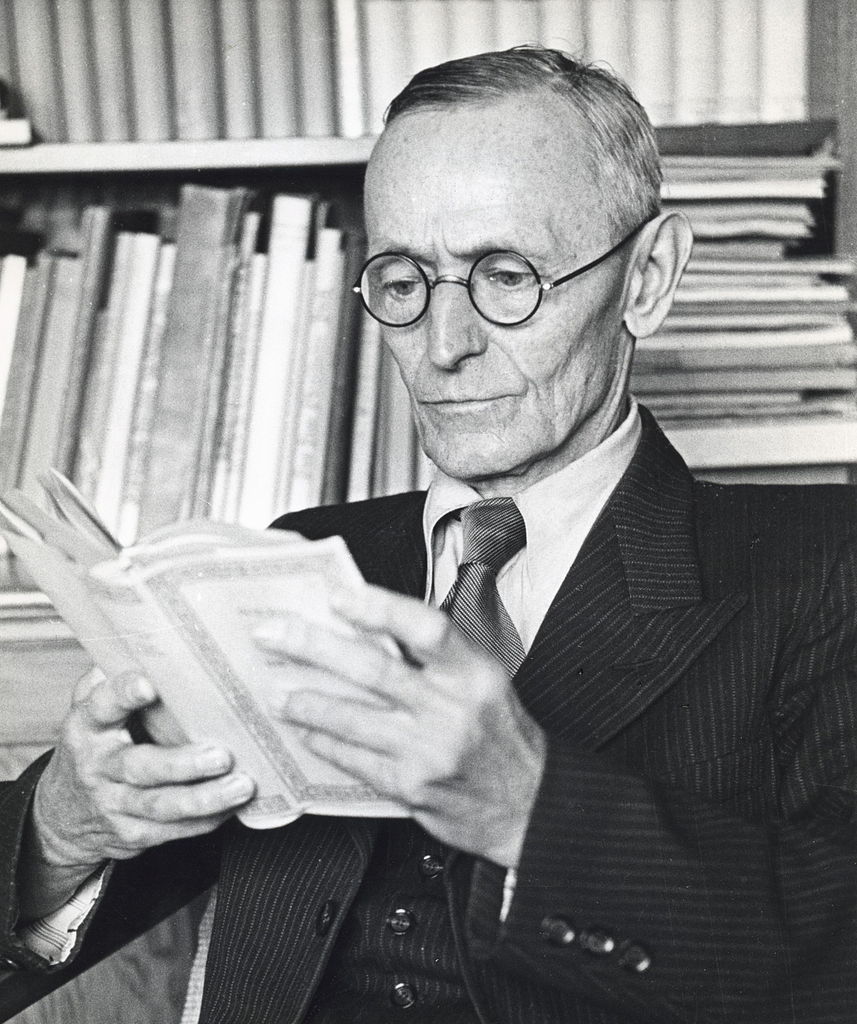
Hermann Karl Hesse was a German-Swiss poet, novelist, and painter, known for delving into themes of authenticity, self-knowledge, and spirituality. Born in Calw, Germany, Hesse's exploration of the individual's quest for truth won him the Nobel Prize for Literature in 1946. His storytelling weaves a rich tapestry of philosophical thought, evident in masterpieces like "Steppenwolf" and "Siddhartha," which resonate deeply with the human experience.
Renowned for his lyrical prose and profound insights into the human spirit, Hesse's works are a cornerstone of 20th-century literature. They challenge readers to seek beyond the confines of society and find a deeper sense of self. His narrative style combines simplicity with a deep philosophical undercurrent, inviting reflection and introspection.
Collectors and connoisseurs of literature hold Hesse's works in high esteem, not just for their literary merit but also for their cultural significance. For those interested in the evolution of literary thought and the pivotal role of introspective narratives, Hesse’s works are invaluable. Delve into his writings to discover the essence of early 20th-century philosophical literature and consider adding them to your collection for both their historic and artistic value.
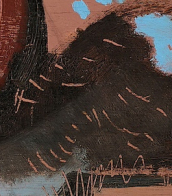

Hermann Karl Hesse was a German-Swiss poet, novelist, and painter, known for delving into themes of authenticity, self-knowledge, and spirituality. Born in Calw, Germany, Hesse's exploration of the individual's quest for truth won him the Nobel Prize for Literature in 1946. His storytelling weaves a rich tapestry of philosophical thought, evident in masterpieces like "Steppenwolf" and "Siddhartha," which resonate deeply with the human experience.
Renowned for his lyrical prose and profound insights into the human spirit, Hesse's works are a cornerstone of 20th-century literature. They challenge readers to seek beyond the confines of society and find a deeper sense of self. His narrative style combines simplicity with a deep philosophical undercurrent, inviting reflection and introspection.
Collectors and connoisseurs of literature hold Hesse's works in high esteem, not just for their literary merit but also for their cultural significance. For those interested in the evolution of literary thought and the pivotal role of introspective narratives, Hesse’s works are invaluable. Delve into his writings to discover the essence of early 20th-century philosophical literature and consider adding them to your collection for both their historic and artistic value.


Hermann Karl Hesse was a German-Swiss poet, novelist, and painter, known for delving into themes of authenticity, self-knowledge, and spirituality. Born in Calw, Germany, Hesse's exploration of the individual's quest for truth won him the Nobel Prize for Literature in 1946. His storytelling weaves a rich tapestry of philosophical thought, evident in masterpieces like "Steppenwolf" and "Siddhartha," which resonate deeply with the human experience.
Renowned for his lyrical prose and profound insights into the human spirit, Hesse's works are a cornerstone of 20th-century literature. They challenge readers to seek beyond the confines of society and find a deeper sense of self. His narrative style combines simplicity with a deep philosophical undercurrent, inviting reflection and introspection.
Collectors and connoisseurs of literature hold Hesse's works in high esteem, not just for their literary merit but also for their cultural significance. For those interested in the evolution of literary thought and the pivotal role of introspective narratives, Hesse’s works are invaluable. Delve into his writings to discover the essence of early 20th-century philosophical literature and consider adding them to your collection for both their historic and artistic value.


Hermann Karl Hesse was a German-Swiss poet, novelist, and painter, known for delving into themes of authenticity, self-knowledge, and spirituality. Born in Calw, Germany, Hesse's exploration of the individual's quest for truth won him the Nobel Prize for Literature in 1946. His storytelling weaves a rich tapestry of philosophical thought, evident in masterpieces like "Steppenwolf" and "Siddhartha," which resonate deeply with the human experience.
Renowned for his lyrical prose and profound insights into the human spirit, Hesse's works are a cornerstone of 20th-century literature. They challenge readers to seek beyond the confines of society and find a deeper sense of self. His narrative style combines simplicity with a deep philosophical undercurrent, inviting reflection and introspection.
Collectors and connoisseurs of literature hold Hesse's works in high esteem, not just for their literary merit but also for their cultural significance. For those interested in the evolution of literary thought and the pivotal role of introspective narratives, Hesse’s works are invaluable. Delve into his writings to discover the essence of early 20th-century philosophical literature and consider adding them to your collection for both their historic and artistic value.
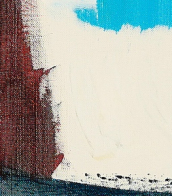

Hermann Karl Hesse was a German-Swiss poet, novelist, and painter, known for delving into themes of authenticity, self-knowledge, and spirituality. Born in Calw, Germany, Hesse's exploration of the individual's quest for truth won him the Nobel Prize for Literature in 1946. His storytelling weaves a rich tapestry of philosophical thought, evident in masterpieces like "Steppenwolf" and "Siddhartha," which resonate deeply with the human experience.
Renowned for his lyrical prose and profound insights into the human spirit, Hesse's works are a cornerstone of 20th-century literature. They challenge readers to seek beyond the confines of society and find a deeper sense of self. His narrative style combines simplicity with a deep philosophical undercurrent, inviting reflection and introspection.
Collectors and connoisseurs of literature hold Hesse's works in high esteem, not just for their literary merit but also for their cultural significance. For those interested in the evolution of literary thought and the pivotal role of introspective narratives, Hesse’s works are invaluable. Delve into his writings to discover the essence of early 20th-century philosophical literature and consider adding them to your collection for both their historic and artistic value.


Hermann Karl Hesse was a German-Swiss poet, novelist, and painter, known for delving into themes of authenticity, self-knowledge, and spirituality. Born in Calw, Germany, Hesse's exploration of the individual's quest for truth won him the Nobel Prize for Literature in 1946. His storytelling weaves a rich tapestry of philosophical thought, evident in masterpieces like "Steppenwolf" and "Siddhartha," which resonate deeply with the human experience.
Renowned for his lyrical prose and profound insights into the human spirit, Hesse's works are a cornerstone of 20th-century literature. They challenge readers to seek beyond the confines of society and find a deeper sense of self. His narrative style combines simplicity with a deep philosophical undercurrent, inviting reflection and introspection.
Collectors and connoisseurs of literature hold Hesse's works in high esteem, not just for their literary merit but also for their cultural significance. For those interested in the evolution of literary thought and the pivotal role of introspective narratives, Hesse’s works are invaluable. Delve into his writings to discover the essence of early 20th-century philosophical literature and consider adding them to your collection for both their historic and artistic value.

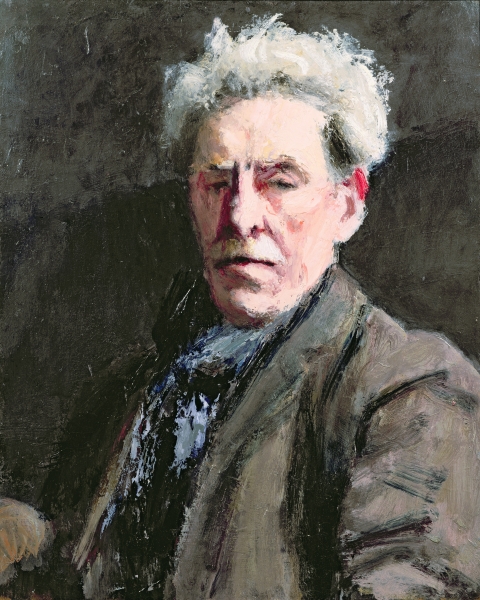
The Irish painter Roderic O'Conor was a pivotal figure in the post-impressionist movement during the late 19th and early 20th centuries. Aligning with the Pont-Aven School, his work thrived in France amidst the artistic revolution of the 1880s and 1890s.
O'Conor's artistic methodology was profoundly influenced by his time in France, spanning nearly five decades. His signature technique, characterized by thick, adjacent strokes of rich, contrasting colors, owes much to the discoveries of the Divisionists and Vincent Van Gogh.
His journey also included a transformative Parisian period beginning in 1886, marked by experimentation and innovation. Later, his Bretagne sojourn from 1891 to 1904 was interspersed with managing inherited estates back in Ireland, which allowed him financial independence from his painting sales. O'Conor's final years from 1934 until his passing in 1940 were spent in Nueil-sur-Layon.
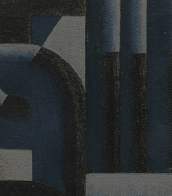
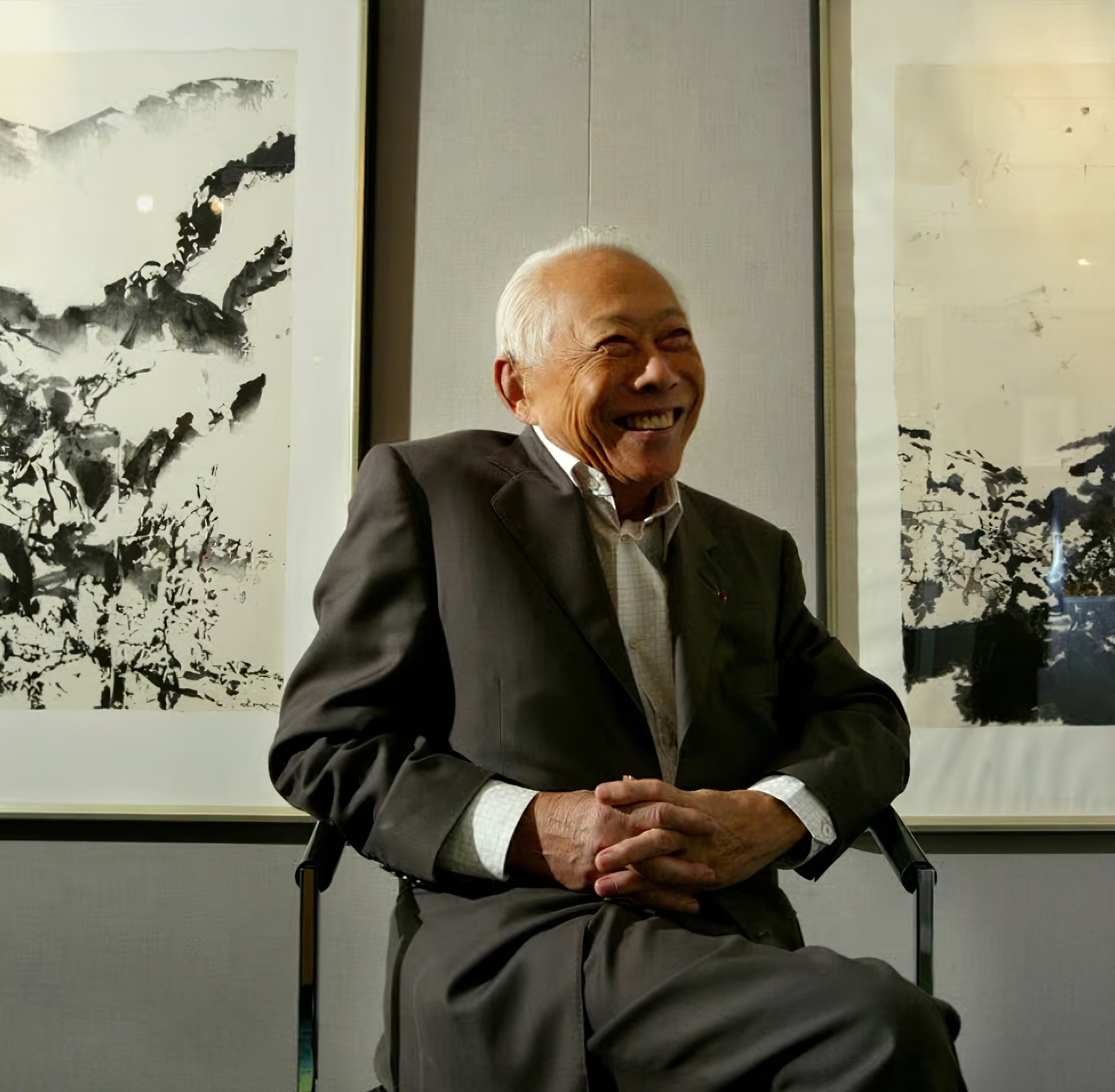
Zhao Wou-Ki (Chinese: 赵无极, pinyin: Zhào Wújí) was a Chinese-French painter. He was a member of the Académie des Beaux-Arts in Paris. Zao Wou-Ki graduated from the China Academy of Art in Hangzhou, where he studied under Fang Ganmin and Wu Dayu.

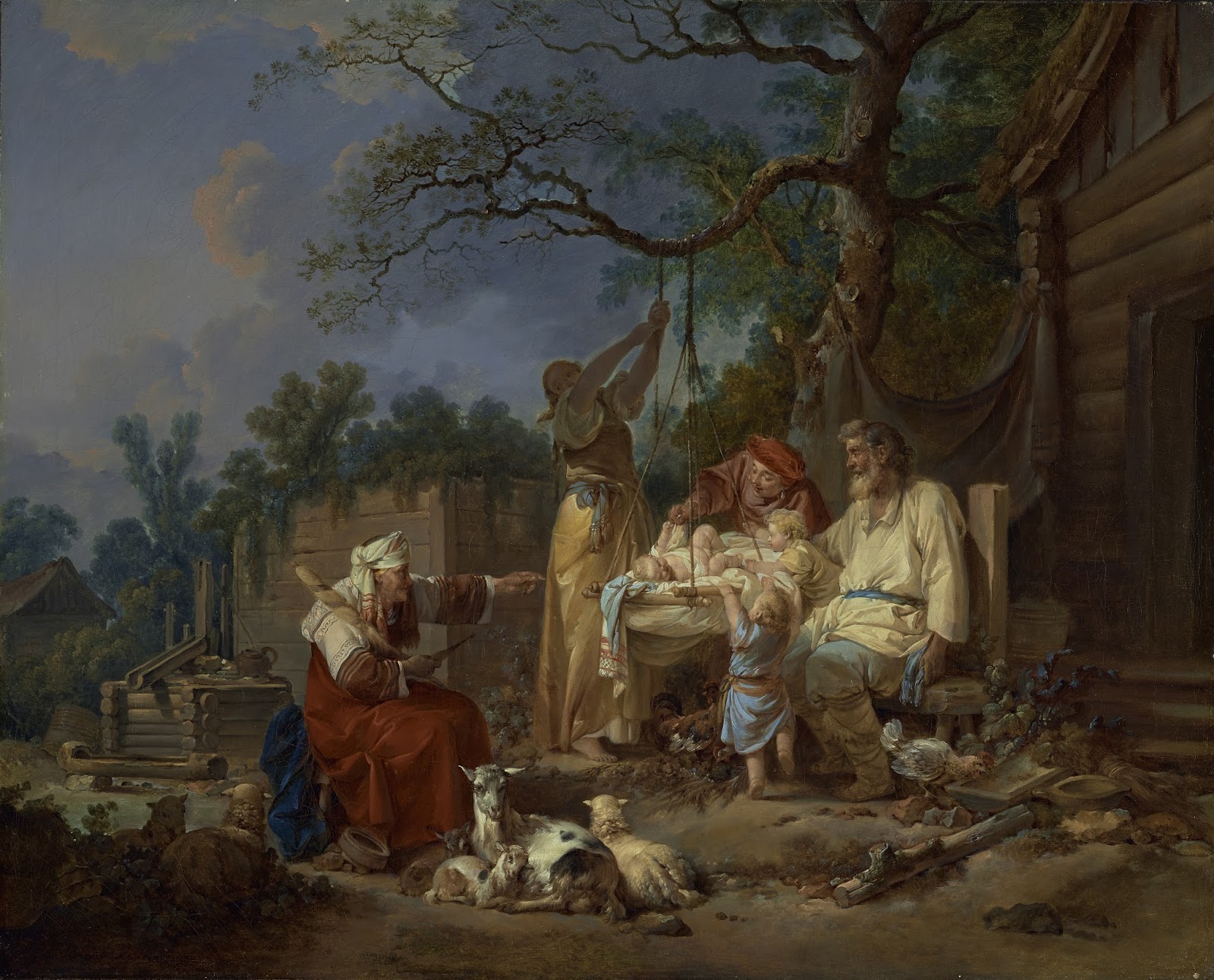
Jean-Baptiste Le Prince was an important French etcher and painter.
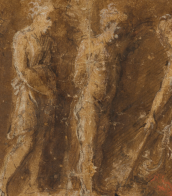
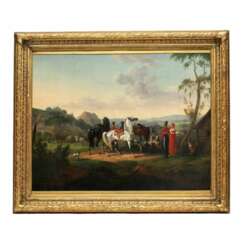


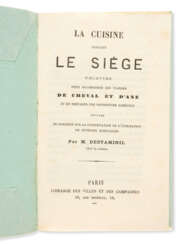

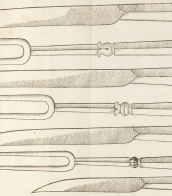


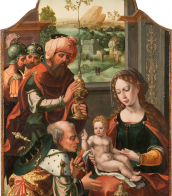


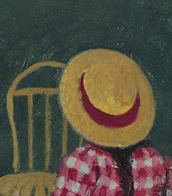
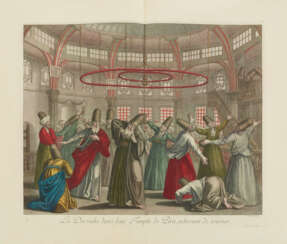

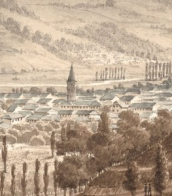
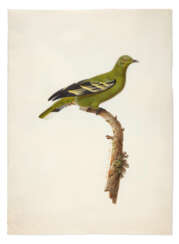






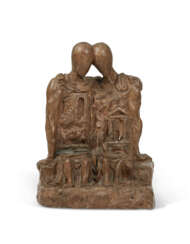





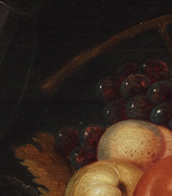
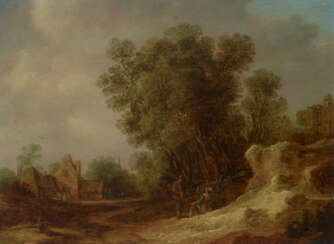

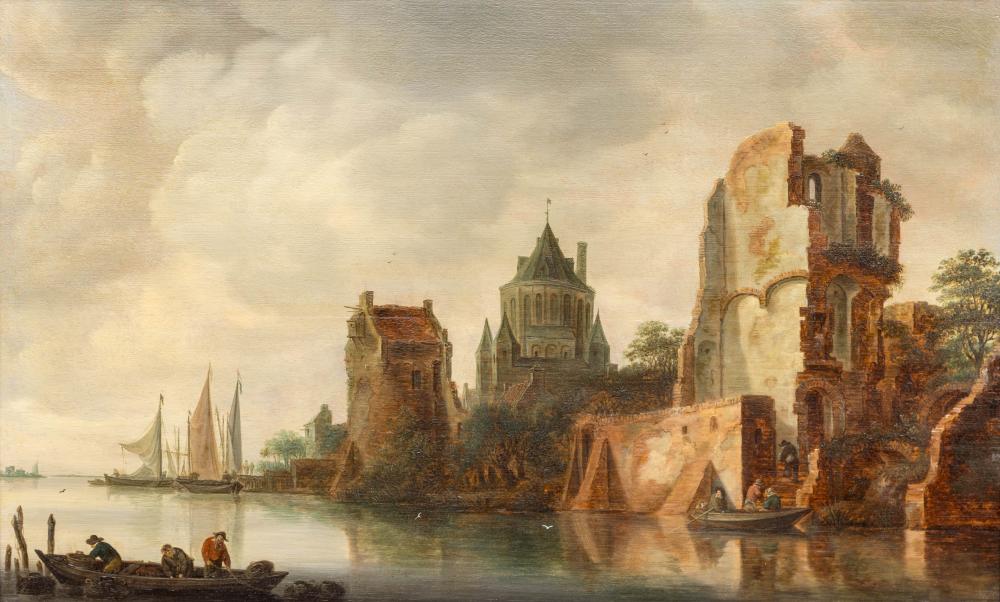
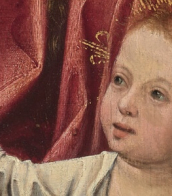
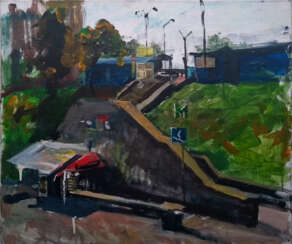

![[QIANLONG, Empereur de Chine (1711-1799) et Charles-Nicolas COCHIN (1715-1790), dir.]](/assets/image/picture_3601309/f9d87/rqfwcmyodhwl6a3u3cnvjqatap9yfxpvbnyt77bbuqb0bh1q4smembav9v5ika1700204263jpg__fix_374_244.jpeg)
![[QIANLONG, Empereur de Chine (1711-1799) et Charles-Nicolas COCHIN (1715-1790), dir.]](https://veryimportantlot.com/assets/image/picture_3601309/f9d87/rqfwcmyodhwl6a3u3cnvjqatap9yfxpvbnyt77bbuqb0bh1q4smembav9v5ika1700204263jpg__fix_374_244.jpeg)
![[CRIS DE PARIS].](/assets/image/picture_2734747/e082f/9e260078cfdfd4639596f4c29227ce3d1679526000jpg__fix_374_244.jpeg)
![[CRIS DE PARIS].](https://veryimportantlot.com/assets/image/picture_2734747/e082f/9e260078cfdfd4639596f4c29227ce3d1679526000jpg__fix_374_244.jpeg)
